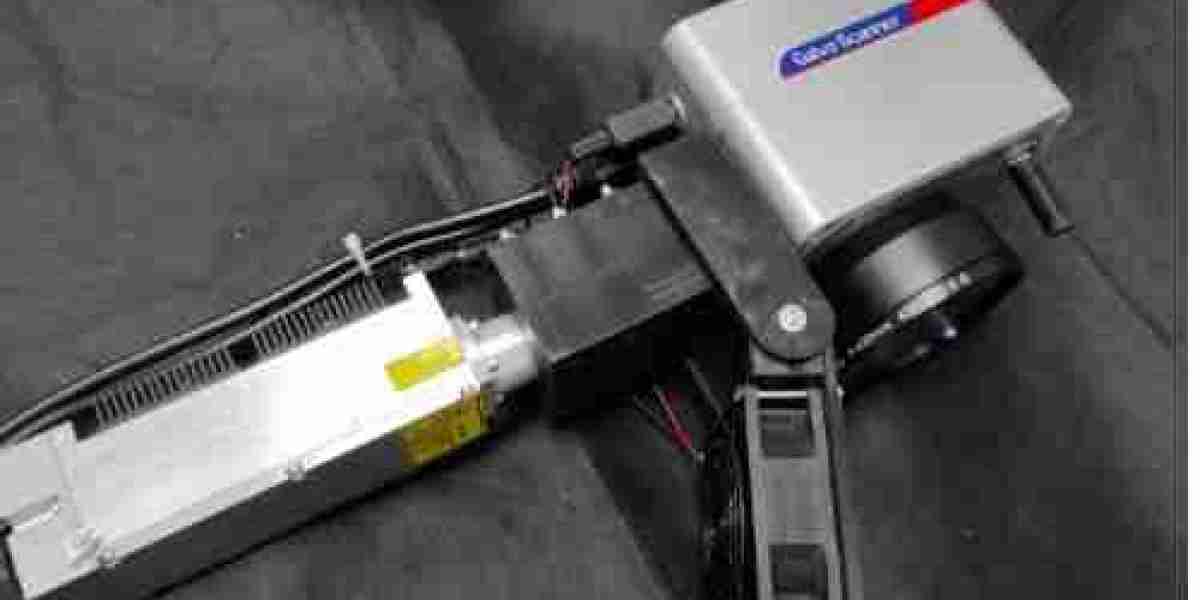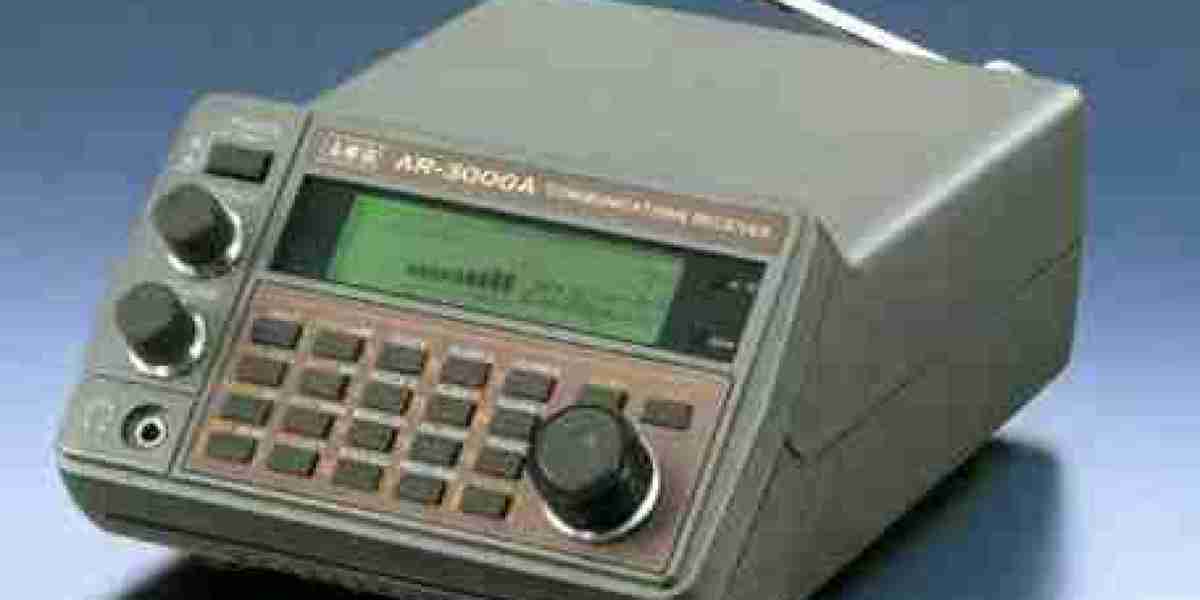This isn't just a technological upgrade—it's a game-changer for industries and individuals alike who deal with rust on a regular basis. If you're still relying on the old-school wire brush or harsh acids to strip away corrosion, you might be missing out on a much smarter and cleaner alternative.
The Evolution of Rust Removal
Before diving into how the laser rust remover works, it’s essential to understand the problem it solves. Rust, scientifically known as iron oxide, forms when metal is exposed to moisture and oxygen over time. Not only does it eat away at the surface, but it also makes the material weaker. That’s why industries ranging from automotive restoration to shipbuilding constantly battle this reddish-brown nuisance.
For decades, rust removal has been labor-intensive. Abrasive blasting and chemical stripping are messy, time-consuming, and sometimes dangerous. These methods often lead to the loss of base material, require toxic substances, and leave behind a substantial amount of waste. Enter the laser rust remover—a clean, contactless, and highly accurate solution that’s turning heads across workshops and factories.
What is a Laser Rust Remover?
A laser rust remover is a handheld or machine-mounted tool that uses concentrated laser beams to eliminate rust from metal surfaces. It works on a principle called "laser ablation." When the laser beam hits the rusted surface, it rapidly heats and vaporizes the oxidation layer without affecting the underlying metal.
There’s no need for abrasive material, water, or chemicals. Just precision-guided light. It's like watching science fiction unfold before your eyes, only it's real—and available for everyday use.
Why Is Everyone Talking About Laser Rust Removers?
Let’s consider a practical example. Imagine a factory floor filled with large machinery, some of which have been sitting idle for months. Over time, rust takes hold, and maintenance crews need to clean each part thoroughly. Using chemical methods would take hours, involve hazardous waste disposal, and possibly damage the metal if left too long. Laser rust removal, on the other hand, can treat surfaces with millimeter-level precision, cutting time and hassle dramatically.
Another example? Restoration experts working on a classic car. With a laser rust remover, they can strip rust off specific parts without removing paint or damaging intricate details. It’s a level of control that simply doesn’t exist with traditional methods.
Safety and Environmental Aspects
One common concern is whether a laser rust remover is safe to use. In trained hands and with proper protective gear, it’s actually far safer than many alternatives. There’s no harmful dust like in sandblasting and no toxic fumes as found in chemical strippers. Most units come with safety features that shut down the laser if the device is moved away from the target area or if it senses unsafe conditions.
From an environmental perspective, this method produces almost no waste. Rust turns to harmless dust or vapor, and since no chemicals are used, there’s nothing to dispose of. That makes laser rust removal an attractive option for businesses looking to go green or meet tighter environmental regulations.
The Power of Precision
One of the reasons professionals are switching to laser rust removers is the degree of precision they offer. The laser can be adjusted in terms of power, frequency, and beam size depending on the application. This means it’s versatile enough to clean delicate art sculptures or heavy-duty industrial machinery.
Different surfaces require different laser settings. A trained operator can adjust the beam to focus on rusted areas without damaging paint, coatings, or fragile metals. That’s simply not possible with sandpaper or acid-based rust removers.
Industrial Applications Expanding Rapidly
Laser rust removal isn’t confined to niche uses. Industries worldwide are adopting this technology in manufacturing, construction, aerospace, and transportation. Airports use it for de-rusting and cleaning landing gear. Shipyards apply it on corroded hulls. Even power plants and railway depots have added it to their maintenance arsenals.
More impressively, laser rust remover systems are now being designed for automation. Mounted on robotic arms or integrated into production lines, they offer non-stop rust removal with unmatched consistency and speed.
For smaller operations and even hobbyists, compact portable versions are available. These handheld tools pack a lot of power and flexibility, allowing individuals to maintain their own equipment or carry out detailed restoration projects without the need for professional service centers.
What You Need to Know Before Buying One
There are several types of laser rust removers, and they vary in power, size, and price. Fiber laser technology is most commonly used due to its stability and low maintenance. When exploring options, you’ll encounter specifications like:
Laser Power (ranging from 20W to over 2000W)
Pulse frequency
Scan area
Cooling method (air-cooled or water-cooled)
Knowing your specific needs—whether it’s removing rust from thin metal sheets or cleaning massive industrial tanks—will help you pick the right tool. Some units are designed for delicate restoration, while others are built for heavy-duty industrial work.
Price varies significantly. A small entry-level handheld laser rust remover may start around $4,000, while high-powered industrial units can go up to $50,000 or more. It’s a significant investment, but for many businesses, the return in saved labor costs, cleaner results, and longer machine life is well worth it.
Training and Operation
Using a laser rust remover isn’t as simple as turning it on and pointing it. While the interface is typically user-friendly, proper training ensures optimal results and operator safety. Many manufacturers offer training programs or instructional material. Some machines come pre-configured for plug-and-play use, but advanced settings allow for greater customization.
Operators should wear protective goggles and follow basic safety protocols. Proper ventilation is also recommended, especially in enclosed spaces, to dissipate the fine particles created during the process.
Maintenance and Durability
Laser rust removers are built to last. They’re solid machines with minimal moving parts. Maintenance usually involves keeping the lens clean, inspecting the fiber cable, and ensuring the cooling system functions properly.
Most manufacturers offer warranties, service plans, and replacement parts. Compared to traditional equipment, the downtime and upkeep for a laser rust remover are remarkably low.
Final Thoughts
The question isn’t whether a laser rust remover works—it’s why you haven’t tried it yet. This innovative solution offers a clean, fast, and precise way to tackle rust without the mess, risk, or inefficiency of traditional methods. Whether you're managing a large industrial operation or restoring a classic car in your garage, the laser rust remover stands out as a smart investment.
As industries continue to evolve and the demand for sustainable, non-invasive solutions grows, laser rust removal is poised to become the gold standard in surface treatment. It’s more than just a tool—it’s a transformation in how we deal with decay and corrosion.
So, is your metal really clean if you haven't tried a laser rust remover? You might just have to see it in action to believe it.




